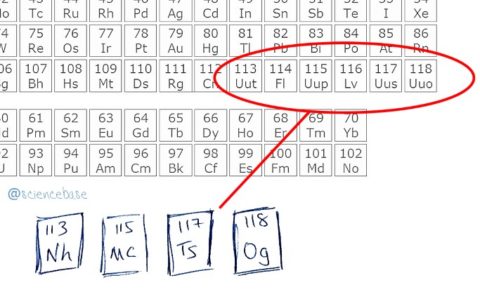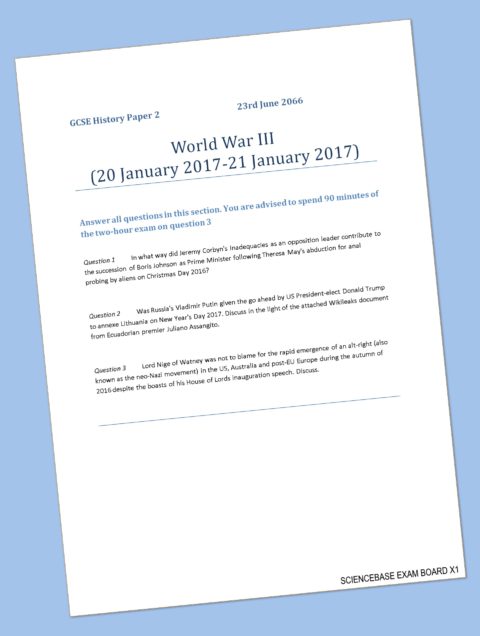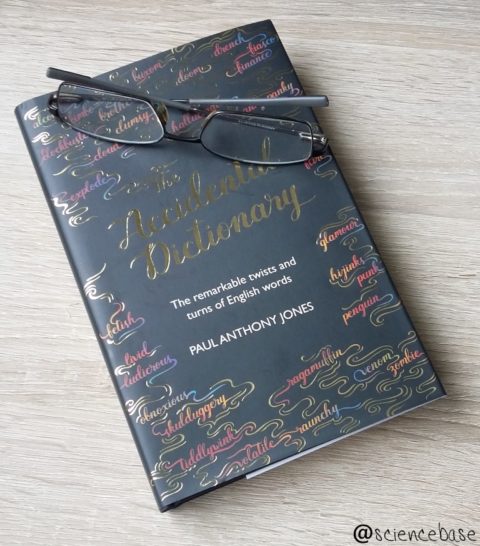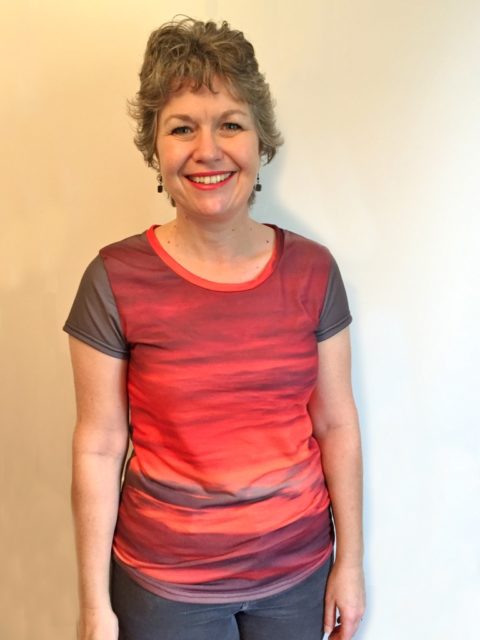I was thinking of writing an essay about how much I’d travelled in my youth. Not to brag, you understand, but just to say how I’d always felt I was a citizen of the world hopping from place to place. I worked in the US, travelled coast to coast and back (23 of the 50 states covered), backpacked around Australia (almost all the major cities except Perth amd Hobart), southern Africa (Botswana and Zimbabwe anyway) and Europe (France, Ireland, Italy, Germany, Spain, Holland, Belgium, Greece, Holland, Austria, Luxembourg, Switzerland, former Yugoslavia), visited Turkey, Malta, Portugal, The Canary Islands, and various other places.
At one point, I was on the verge of emigrating perhaps to live and work in Vancouver or San Francisco, it didn’t happen for one reason or another. Regardless, the world seemed to be heading towards more openness and equality, more colour, despite the emergence of some nasty fundamentalist elements.
Now, on the 27th anniversary of the tearing down of the Berlin Wall and the election of Trunt, it’s all becoming about borders and boundaries again, especially now my home country is peri-Brexit (judges ruling aside). I was going to post a map of the US coloured with a fake tan tint, to show how the nation is going to look for the next four years, a kind of orangey-bllsht colour. But, instead I just made it several shades of grey…welcome to the new world of closed systems and entrumpy.






 Photo of Jo was taken by Adam Forrest.
Photo of Jo was taken by Adam Forrest.